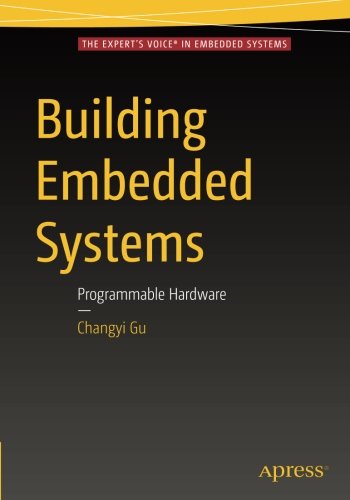How to Flash & Upgrade 3D Printer Firmware Simple Guide
Firmware Download - 30 maj 2023

Firmware Download - 30 maj 2023
Depending on how fast your Android device is, the emulation might feel a bit slow. Depending on where you found the “.bin” File (such as from mail or transferred from your computer or obtained from Safari, etc.), select the appropriate option and follow the instructions provided. You use this method when you need to write the contents of the “.bin” file to a CD/DVD. This method is not very popular now because of decreasing use of optical storage media. It’s important to note that the iOS operating system is more locked down compared to other operating systems, so you may encounter some limitations when trying to open a .bin file on your iPhone. Have you downloaded a game or program from Internet and now you come across a BIN file that you don’t know how to open?

Again, a start code is defined along with different fields to describe data records in hexadecimal format. It can be distinguished because in this case the start code is an ‘S’. To convert this format to binary, the same tools can be used as in the previous section. Between these and the first two options described, most use cases should be covered. Most of these techniques should serve well for any assets which need to combined; think adding sound effects or images to a system without external storage to hold them. For this we need to use the Executable Linked File (ELF) that the linker produces as its final output. In my case this was the default output and was converted from an ELF to a binary to flash to the microcontroller.
From the espressif firmware you just downloaded you will need to load 4 seperate files to the ESP8266 stock firmware ROM chip. The easiest way to determine the flash capacity is to load the firmware and then print(node.info’hw’.flash_size) which reports the flash size in Kb. Alternatively, if you want to determine the capacity of the flash chip before a firmware is installed then you can run the following command. This will return a 2 hex digit Manufacturer ID and a 4 digit Device ID and the detected flash size.
Automated firmware extraction typically works with most firmware images that employ uImage/TRX firmware headers and use SquashFS or CramFS file systems. Currently, extract-firmware.sh is the preferred method of extraction as it supports more firmware types than the older old-extract.sh script.